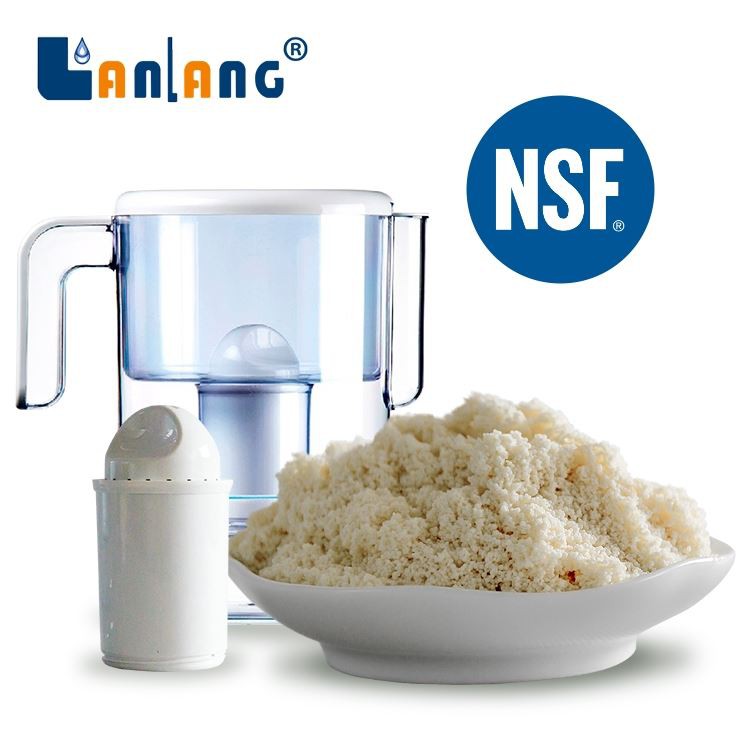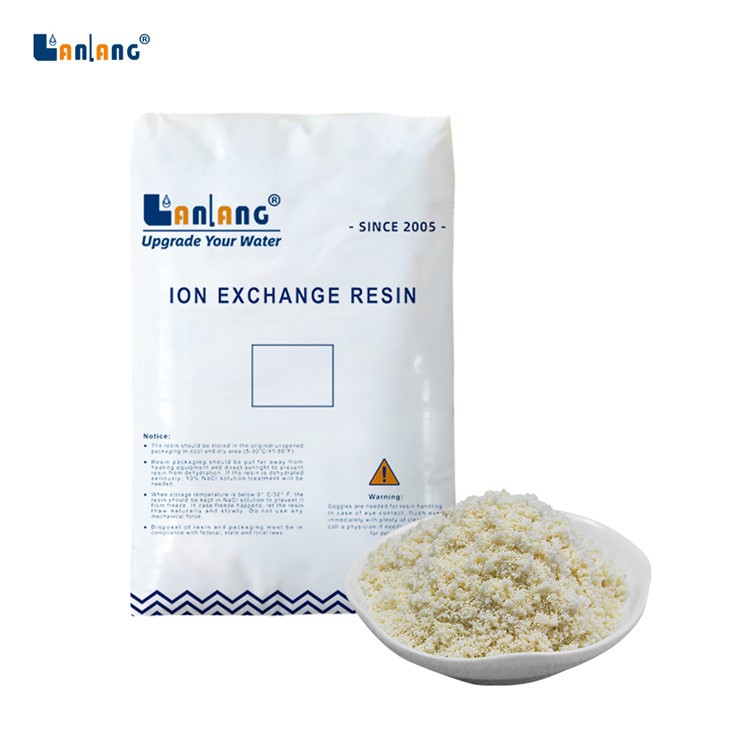Hey there! As a supplier of Weak Acid Cation Resin, I often get asked about the water content of this nifty product. So, let's dive right in and break it down.
First off, what's Weak Acid Cation Resin? Well, it's a type of ion - exchange resin that's super useful in a bunch of applications. It can be used for dealkalisation, which is a process that helps reduce the alkalinity of water. You can learn more about Weak Acid Cation Resin for Dealkalisation. This resin is also available in food - grade versions, like the NSF Food Grade Cation Exchange Resin TC113, which is great for applications where food safety is a concern. And if you're into water filter pitchers, there's the NSF Certificate Weak Acid Cation Resin for Water Filter Pitcher.
Now, back to the water content. The water content of Weak Acid Cation Resin is a crucial factor. It's not just some random number; it has a big impact on how the resin performs. You see, the resin beads are porous, and water fills up those tiny pores. This water is what allows the resin to interact with ions in the water effectively.
The water content of Weak Acid Cation Resin usually falls within a certain range. On average, it can be anywhere from 45% to 65%. But why does this range matter? Well, a lower water content might mean that the resin has fewer active sites for ion exchange. This can lead to a decrease in its efficiency when it comes to removing unwanted ions from the water. On the other hand, a higher water content can make the resin more flexible and increase its ion - exchange capacity. However, if the water content is too high, the resin might become too soft and lose its structural integrity over time.
Let's talk about how we measure the water content. It's actually a pretty straightforward process. We take a sample of the resin, weigh it, and then dry it in an oven at a specific temperature for a set period of time. After drying, we weigh it again. The difference in weight before and after drying gives us the amount of water that was in the resin. We then calculate the water content as a percentage of the original weight of the resin.
The water content can also be affected by a few things. One of the main factors is the cross - linking density of the resin. Resins with a higher cross - linking density tend to have a lower water content. This is because the cross - links hold the polymer chains together more tightly, leaving less room for water molecules to fit into the pores.


Another factor is the type of functional groups on the resin. Weak Acid Cation Resins have carboxylic acid groups. These groups can interact with water molecules through hydrogen bonding. The strength and number of these interactions can influence the water content of the resin.
In practical applications, the water content of the resin can affect how it's packed into columns. If the water content is too high, the resin might expand too much when it comes into contact with water, causing problems with the flow of water through the column. On the other hand, if the water content is too low, the resin might not be able to fully swell, reducing its ion - exchange efficiency.
When it comes to regeneration of the resin, the water content also plays a role. During regeneration, we use a solution to restore the resin's ion - exchange capacity. The water in the resin helps to carry the regenerant solution through the pores, ensuring that all the active sites are properly regenerated. If the water content is not right, the regeneration process might not be as effective, and the resin's performance might degrade over time.
Now, I know all this technical stuff can be a bit overwhelming, but it's important to understand the water content of Weak Acid Cation Resin if you're planning to use it. Whether you're in the water treatment industry, food and beverage production, or any other field that requires ion - exchange processes, getting the water content right can make a huge difference in the performance and longevity of your resin.
If you're thinking about purchasing Weak Acid Cation Resin, we're here to help. We've got a wide range of products to suit different applications, and we can provide you with all the technical information you need, including the water content of our resins. Whether you need a resin with a specific water content for a particular process or you're just looking for general advice on using Weak Acid Cation Resin, feel free to reach out. We're always happy to have a chat and help you find the best solution for your needs.
In conclusion, the water content of Weak Acid Cation Resin is a key characteristic that affects its performance, packing, and regeneration. By understanding this aspect, you can make more informed decisions when it comes to choosing and using this type of resin. So, if you're in the market for Weak Acid Cation Resin, don't hesitate to get in touch with us for more details and to start a procurement discussion.
References
- Ion - Exchange Resins: Principles and Applications, by F. Helfferich
- Water Treatment Handbook, by Lenntech
